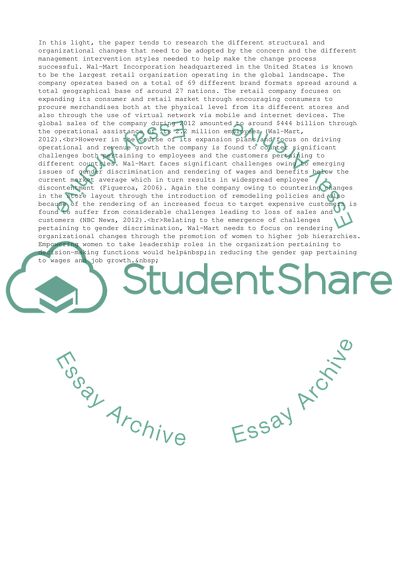Cite this document
(Background of Wal-Mart and Current Challenges-300 Research Paper, n.d.)
Background of Wal-Mart and Current Challenges-300 Research Paper. Retrieved from https://studentshare.org/business/1788584-660-final-paper
Background of Wal-Mart and Current Challenges-300 Research Paper. Retrieved from https://studentshare.org/business/1788584-660-final-paper
(Background of Wal-Mart and Current Challenges-300 Research Paper)
Background of Wal-Mart and Current Challenges-300 Research Paper. https://studentshare.org/business/1788584-660-final-paper.
Background of Wal-Mart and Current Challenges-300 Research Paper. https://studentshare.org/business/1788584-660-final-paper.
“Background of Wal-Mart and Current Challenges-300 Research Paper”, n.d. https://studentshare.org/business/1788584-660-final-paper.


